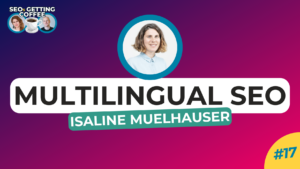What has SEO got to do with hats?
With 68% of online experiences beginning with a search engine and over 50% of website traffic coming from organic searches, search engine optimization (SEO) is critical to business success.
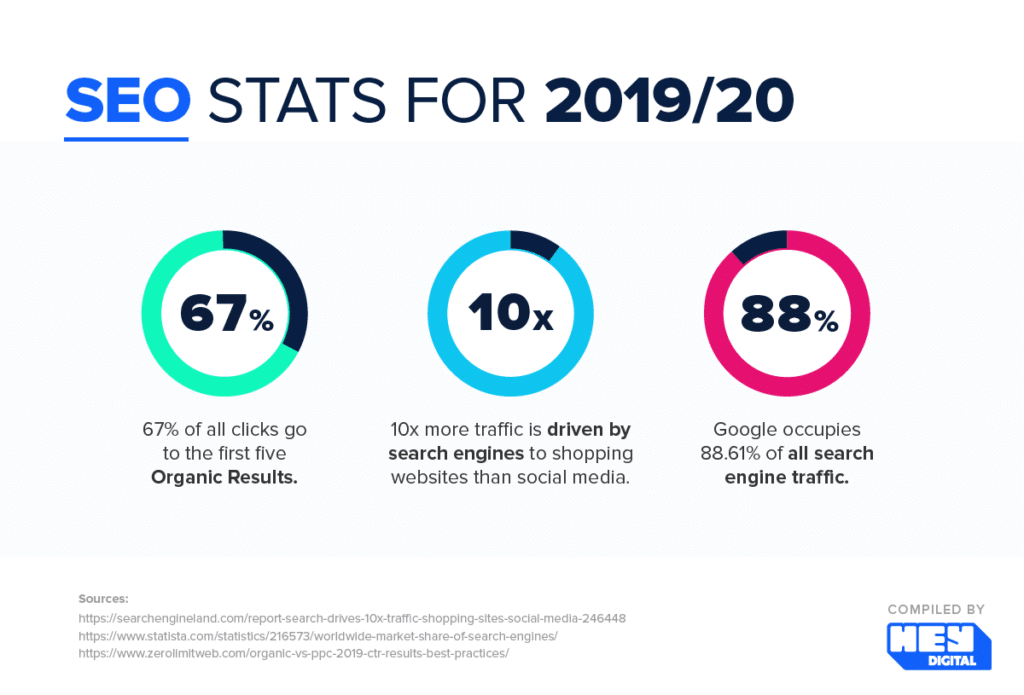
Source: https://www.heydigital.co/blog/ppc-vs-seo
However, successful SEO means deploying the right practices. Although there are not necessarily legal guidelines that say what ethical SEO looks like, if you don’t follow what is considered to be good practice, search engines will punish you in their rankings. Let’s face it, Google is large enough to have a pretty big say in the future of your business, and you really cannot afford to upset the algorithms.
The title of this article might have you wondering what digital marketing and SEO has got to do with hats. We will explain what black, white, and grey hat SEO mean and why they are essential by the end of it.
A brief bit of history

The origins of the term “black hat” are in Western movies. The bad guys wear black hats to distinguish them from the good guys, who typically wear white hats. In recent times, virus creators, hackers, and anyone participating in unethical online behavior is linked to the term “black hat.”
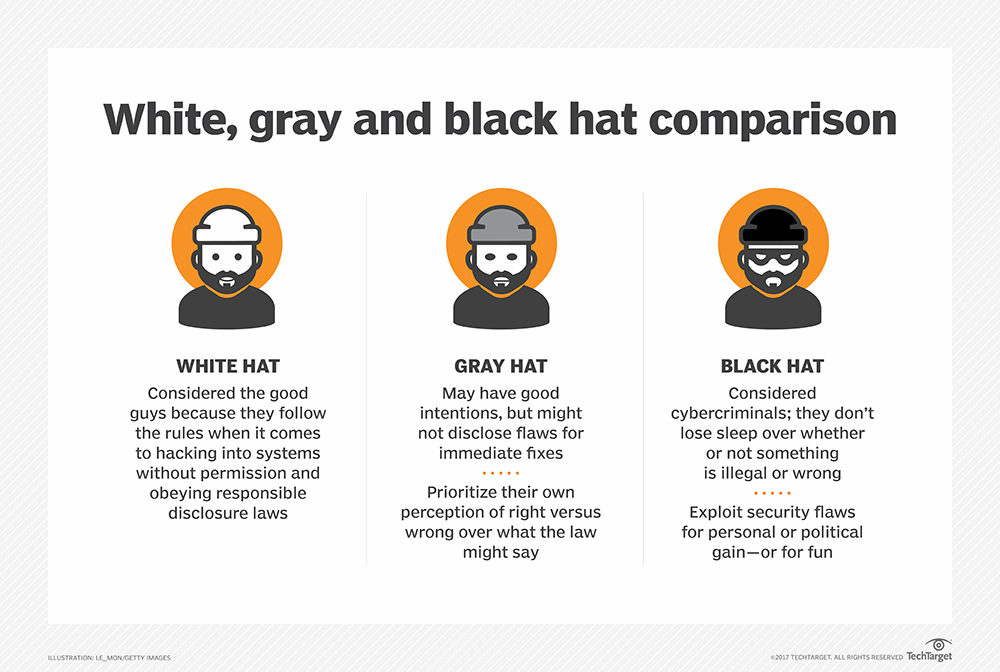
What is Black Hat SEO?
In the context of SEO, a black hat practice is one that is disapproved of or goes against the terms of service of the search engine. As a result, sites can be banned from search engine result pages and any of their affiliate sites. Google lists the practices that the search engine deems as black hat. The example below is an all too common black hat SEO tactic.
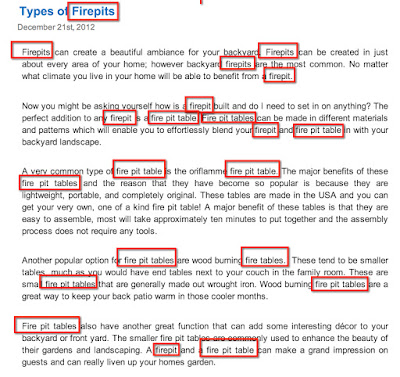
Source: http://doesseo.blogspot.com/2015/10/20-black-hat-seo-techniques-avoid.html
The technique above is known as keyword stuffing, where content creators overload keywords into the text to make it more valuable for search engine crawlers. However, although the tactic was incredibly effective a decade ago, in 2020, search engine algorithms will punish such behavior, favoring quality, and useful content.
Another popular black hat technique is hidden text. Text content is created on a website, so it is not visible to the visitor but still readable for search engine crawlers. For example, text on the website is written in a white font, meaning it is there for SEO but of zero use to a visitor.
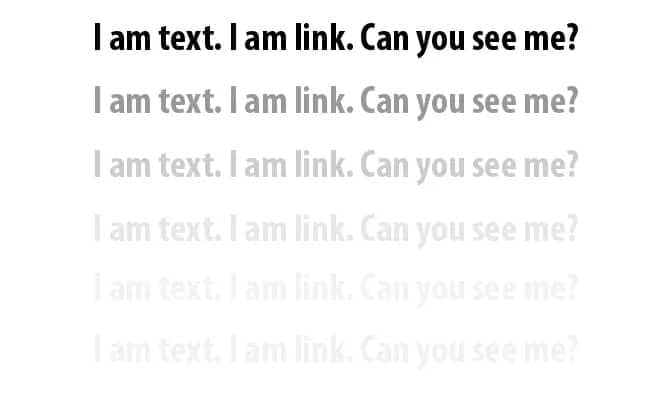
Doorway pages
A doorway site or page is one that is created to rank highly for a particular search term. Multiple pages with duplicate content will exist, making it confusing for users as they are taken to the same destination, no matter what link they click on. For example, search results will show something like below, all taking you to the same place despite looking like different businesses or brands.
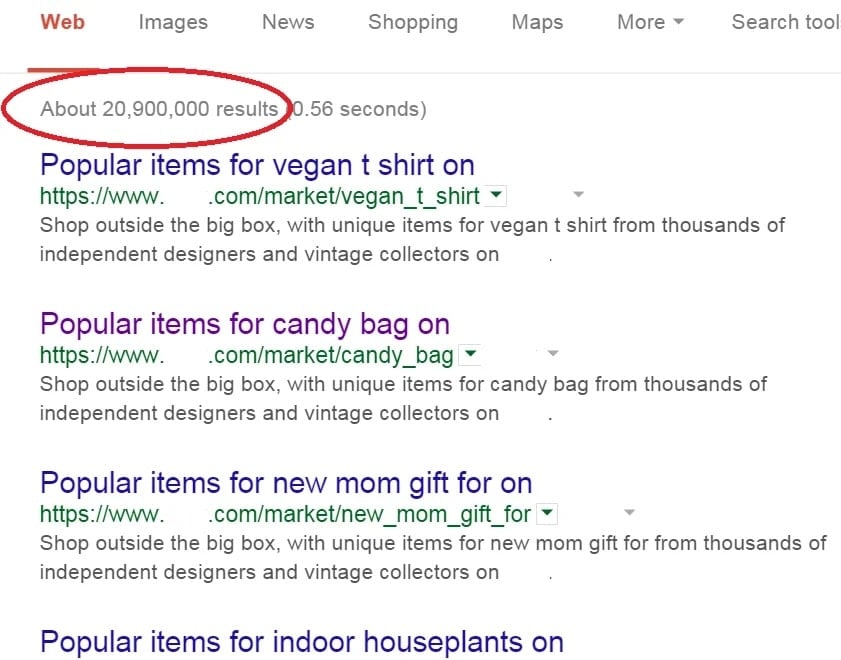
Source: https://cultofweb.com/blog/doorway-pages/
Google focuses on creating great user experiences, and doorway pages don’t typically resonate with high-quality content. In 2015, Google announced a strategy to remove doorway pages from search results, meaning if you do create them, you may be wasting your own time.
Other black hat SEO tactics you must avoid.
Keyword stuffing, hidden text, and doorway pages are three of the most used black hat SEO tactics. However, plenty of others can unnaturally influence rankings against the terms of the search engines.
- Cloaking
- Spinning articles
- Link networks
- Domains, subdomains, and pages with duplicate content
- Pages with viruses, trojans, or phishing
- Redirects
- Manipulating links
- Markup spam
It would be best if you took the time to understand each of these SEO techniques to ensure you stay away from them.
Consequences of black hat SEO
So, you are using “dirty tactics” to drive more traffic to your website. Although frowned upon, if you are not breaking the law, why should you stop the activity? First, as Google becomes aware you are using black hat strategies, you will find that your search engine results ranking begins to drop. They could be a temporary solution for you to work out what does work for your website, but do not use black hat SEO as a full-time strategy.
The biggest threat to black hat SEO is manual penalties. If someone on the Google search team finds unnatural SEO tactics on websites, a manual penalty may apply to the domain. As a worst-case scenario, the site may be removed from Google permanently.
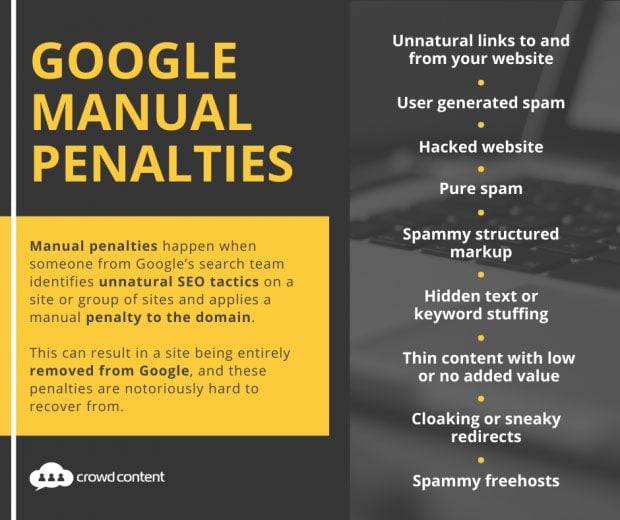
Worried about your SEO?
What is White Hat SEO?
Google and other search engines love people that use white hat SEO. In short, it is everything that black hat SEO isn’t. The content you create is of such high-quality that other sites want to link through to it, the text doesn’t get hidden, keywords are not overused in a small space, and you do not create doorway pages. The key features of a white hat SEO rich website are:
- High-quality user content with a mix of media such as text, images, and video
- Mobile friendly
- Fast page loading times and responsiveness
- Descriptive keywords and meta tags
- Structured and easy to navigate for users
Quality Content
The term “high-quality” may be subject to opinion, but in the context of search engines, it is content that meets the need of visitors and can solve their problems. Website creators should use proper keyword research tools to find what is most relevant to users and understand how they can optimize marketing activity. For example, Wordstream offers a free SEO keyword research tool to help you find the best, most relevant keywords.
Website Structure
Information architecture is fundamental to SEO. A logical information architecture for your website will look something like below.
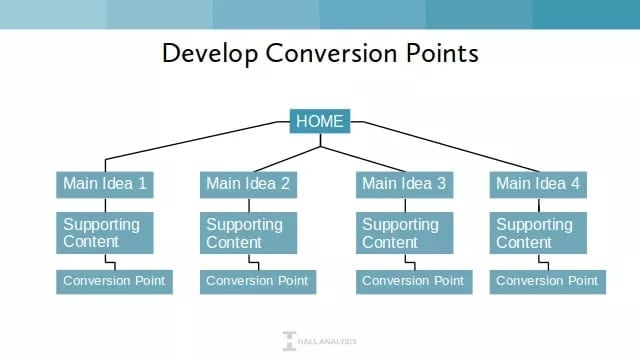
Source: https://www.searchenginejournal.com
A great architecture improves how users and search engine crawlers find their way around your website. Visitors should be able to get around in a few clicks as possible, reduce the bounce rate, and keep them on the site longer. Both bounce and engagement rates are factors for SEO.
Mobile Friendliness
White hat SEO tactics will take a mobile-first approach. Mobile internet usage has now surpassed that of desktop, so making sites user friendly on devices is critical to customer experience. Around 94% of people judge websites based on how responsive they are. Black hat tactics will tend to take a “one size fits all” approach, whereas white hat techniques will offer different designs depending on the device and truly optimize the user experience.
Do you always need to use white hat SEO?
The answer to this question is largely yes. However, some industries in themselves are black hat, meaning you need to use a minimal amount of slightly underhand SEO tactics to remain competitive in searches.
The mix of white hat and black hat tactics in this way is known as grey hat SEO. Although there is a risk of being penalized, some professionals can build efficient strategies that minimize that risk.
What is Grey Hat SEO?
As you may well guess from the name, grey hat SEO falls somewhere between white and black hat. They are known as grey hat is that the techniques are somewhat ambiguous and do not abide by or go against the terms of services that search engines publish. The tactics tend to be somewhat dubious and will probably become black hat, meaning marketers must keep a keen eye on SEO trends.
Domain grabbing
One of the most widely used grey hat SEO tactics is domain grabbing. The technique involves purchasing expired domains to increase the SEO of your own website and backlink profile. Existing domains will likely already have an authority that you can build upon and link them back to your blog or home page.
Upgrading or spinning old content
The average word count of top-ranked searches is 2,416 words. If you have a series of short-form blog posts, add information to make them into long-form content, and enhance the rankings. You can add additional keywords to boost the SEO, reach out to other bloggers, attract social shares, and promote your content.
Careful keyword stuffing
As we covered in the black hat SEO section, keyword stuffing is bad practice, creating unuseful content and bad user experiences. However, if you have a 1000 word article, using a primary keyword three or four times within that is an effective way of boosting organic SEO. Having keywords within title tags, H2, and H3 tags, URLs, and the beginning and end of the content is a positive stuffing method.
Link Exchange
Exchanging links manually falls under grey hat SEO. This is the practice of exchanging links with other websites or blogs, building backlinks to several sources. You may be able to form a list of all relevant blogs in your industry, contact them, and help to promote each other’s content. Start by reaching out to bloggers and see how you can both provide informative content for your visitors. People will reciprocate if your website is high-quality and creates unique reader value.
White hat vs. grey hat vs. black hat SEO
The graphic below summarizes each of the three SEO techniques and some of the popular digital marketing strategies that form their strategy.
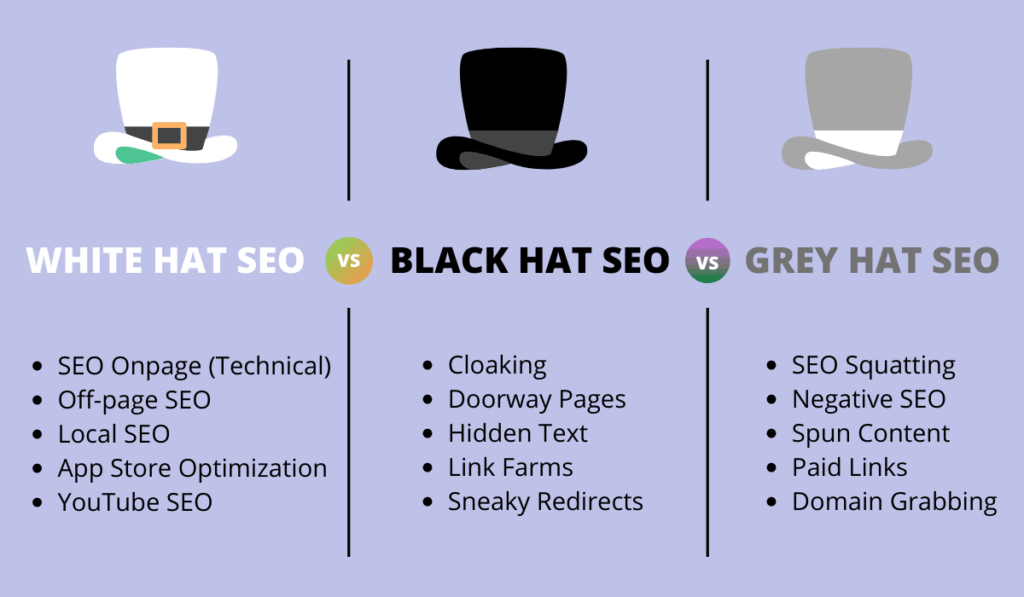
Source: https://www.thewebhospitality.com/seo-beginners-guide-learn-step-by-step-tips/

